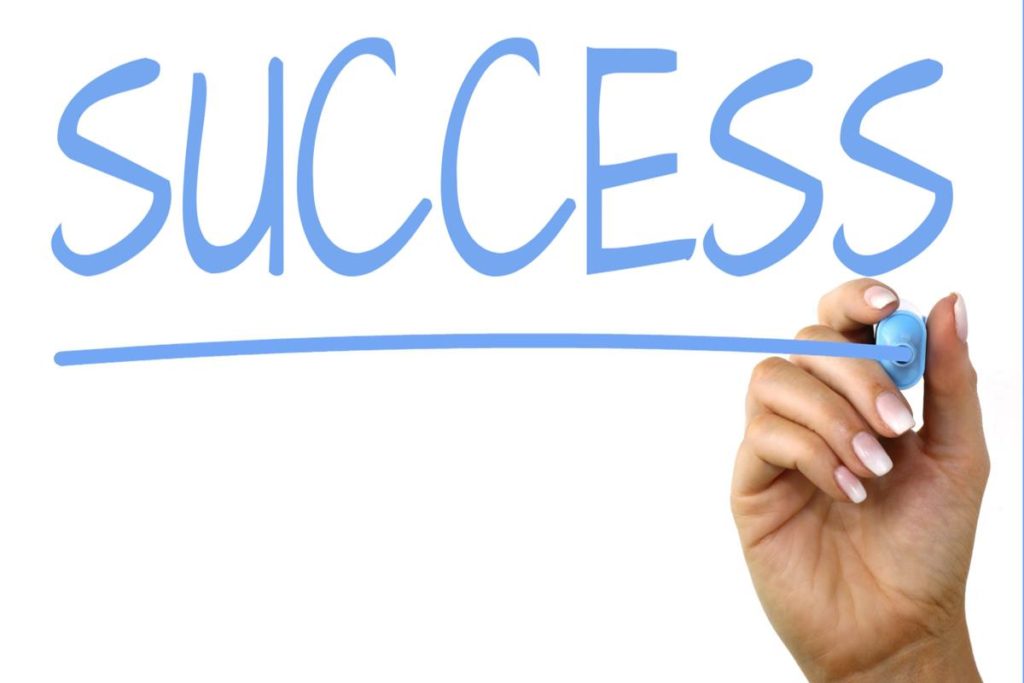All of my teaching is informed by my most difficult parenting task. One of my children had undefined “developmental issues”—with an emphasis on undefined. No one could tell us why it was happening or how to help him.
Without a diagnosis, I started to research techniques used for students with various special needs. That’s where I happened upon the concept of “learning through success,” which upended my ideas of what education is for and how it works.
Traditional approach: learn through failure
Traditionally, a teacher in any discipline tells a student what is “wrong” with their work and gives them reason to correct it. Often, those reasons are based within reward/punishment systems designed to make students focus on their failures.
But students in special ed fail every day
By definition, a student who needs “special” education is failing in some way that a typical educational approach can’t remedy. So when a student is sent into the special ed system, it’s because of failure.
Imagine: If you were designing an environment in which students fail at the most basic tasks, what’s the worst design you could come up with?
Answer: Traditional school.
Why focus on success?
Good special ed teachers don’t focus on their students’ failures simply because there are too many of them. Focusing on success allows them to inspire their students and motivate them.
The fascinating thing about focusing on success is that lagging skills almost always come along for the ride. The teacher is aware of the lagging skills and taking them into account, but not asking the student to focus on them.
What if students don’t have special needs?
First of all, I believe that all students have special needs. But that’s beside the point.
Focusing on success, it turns out, is a more effective way to teach all students. Focusing on success doesn’t mean ignoring your students’ mistakes, but it does mean appreciating their successes and motivating them to do more.
In my classrooms, I notice that when I point out one student’s success in a task, other students who have failed in that task feel more motivated to work on it. And when a student’s success is pointed out, they feel more motivated to drag their lagging skills along.
All students learn asynchronously
State-mandated standards and curriculum can give parents the false impression that their student should always achieve in the center of some designated “typical” student. The truth is, all students learn at different rates.
Focusing on success allows students with lagging skills to feel motivated and successful in their areas of strength.
It’s about motivation
Focusing on success doesn’t mean giving students empty praise. And it doesn’t mean ignoring their mistakes and lagging skills. It does mean giving them the energizing feeling of making positive forward motion. And that’s what learning is all about.
And that’s why in my classrooms, we focus on success.








